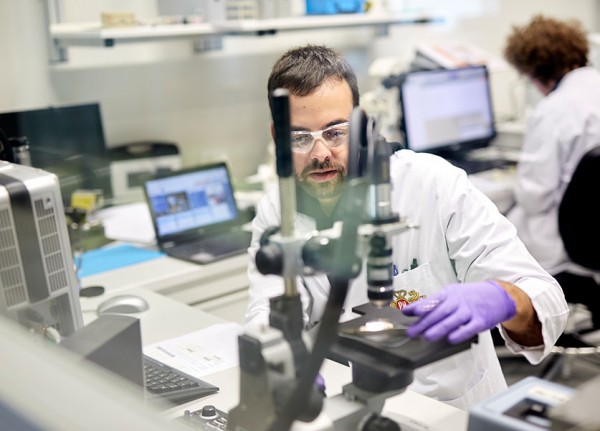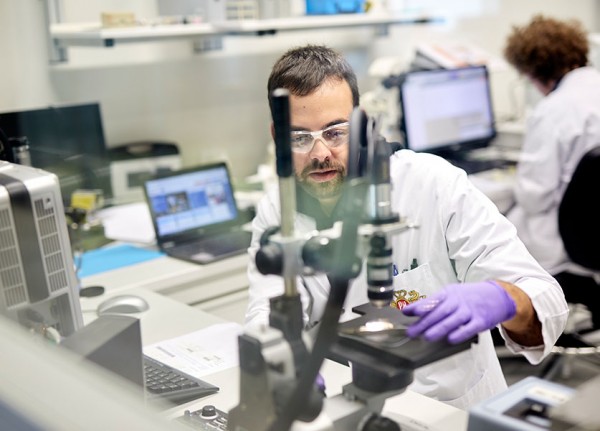LIFESTYLE
Harm Reduction Explained
Jade Aboud
28-January-2022

Advances in science, technology, and regulation have enabled society to reduce the adverse effects of different activities or behaviours that can cause a potential harm. This is known as harm reduction.
Harm reduction is not equivalent to, or better than stopping the original behaviour, as it does not eliminate risk of harm. However, it allows to decrease the risks associated with the original behaviour.
The more we integrate harm-reduction products into our everyday lives, the greater the benefit for individuals, society, and the environment, let’s review some examples:
Protecting your skin from the sun
The risks associated with exposure to the sun are well known. It can cause skin-related diseases, severe burns, and accelerated aging of the skin. However, many people are prepared to take these risks to experience the sensation of the sun on their skin, to socialize with friends, play sports, or increase their intake of vitamin D.
Whilst the safest option is to avoid exposure to direct sunlight altogether, there are many science-backed innovations that reduce the risks of sun exposure. For example, the World Health Organization suggests wearing UV-A and UV-B sunglasses and using broad-spectrum SPF 15+ sunscreen to protect oneself from the sun.
Transportation climate change solutions
With motor vehicles, it became increasingly clear that emissions from combustion engines were damaging the environment, from poor air quality in our streets to the impact on the climate crisis. However, driving is a part of modern life. The challenge was to keep people mobile but with significantly reduced harm to the environment. This has triggered a variety of technological innovation, like unleaded petrol or more recently the creation of electric vehicles that can offer comparable performance to combustion engine models, but with far lower emissions. The more people switch to electric vehicles, the more positive environmental and health impact this harm-reduction measure will have in terms of air quality.
The importance of tobacco harm reduction
The above examples of harm reduction play out in our daily lives. As a society, we should apply a similar approach to tobacco.
Research shows that in any given year, more than nine out of ten smokers will continue to smoke. Additionally, leading public health agencies estimate that there will still be approximately one billion smokers in 2025—roughly the same number as today. This demonstrates that cessation strategies alone, while effective, are not sufficient.
Today, scientifically substantiated smoke-free alternatives exist that do not burn tobacco. As a result, they emit fewer and lower levels of harmful and potentially harmful constituents compared to the smoke produced when tobacco is burned. While not risk-free, they are a much better choice than cigarettes for adults who would otherwise continue to smoke.
Therefore, like other harm reduction measures, adults who smoke should be given access to and accurate information about these products.
Existing efforts to discourage people from smoking and encouraging those who do to quit must continue. But supplementing these measures with a tobacco harm reduction approach can accelerate a decline in smoking. If better alternatives to smoking are also made available, and enough smokers switch to them, we can more rapidly achieve a significant milestone in global health.
This article was provided by Philip Morris Lebanon
Recommended

Celebrate the New Year at Novikov Abu Dhabi
29-December-2025

The 25th Edition of DIAFA Honors the Biggest Names
1-December-2025

The Many Myths Around Smoke-Free Alternatives
12-November-2025
Most read
-
1
Nour Arida’s Sorbé Hair Clip Sparks Controversy
-
2
Rouba Kreidy, Founder & CEO of Create Agency: Redefining Resilience and Creativity in Times of Crisis
-
3
How to wear “Cloud Dancer,” Pantone’s 2026 Color of the Year?
-
4
CesarARCHIVES Presents Its Debut Collection, “Il pleut sur la prairie”
-
5
Max Mara to Present Resort 2027 Collection in Shanghai





